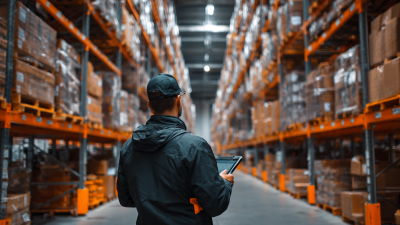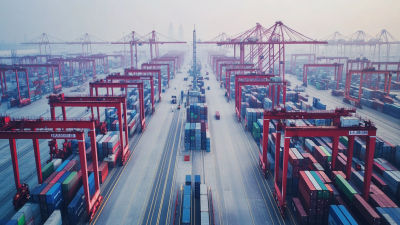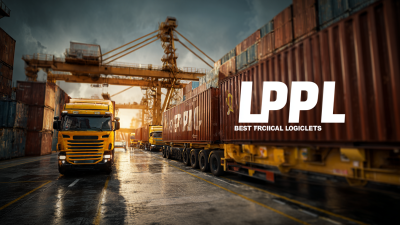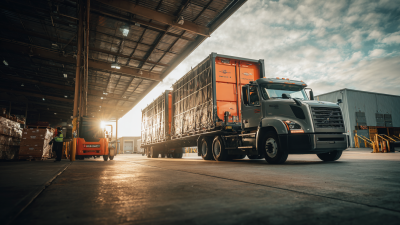The logistics landscape is undergoing a significant transformation, primarily due to the rise of 3rd Party Logistics (3PL) providers who are leveraging digital technologies to enhance supply chain efficiency. According to a report by Armstrong & Associates, the global 3PL market is anticipated to reach an impressive $1.3 trillion by 2024, reflecting a compound annual growth rate (CAGR) of around 7.5%. This growth is attributed to increased demand for improved logistics solutions driven by e-commerce and globalization.

As businesses increasingly outsource their logistics operations to 3PL providers, they are able to focus on core competencies while benefiting from the advanced technological capabilities and economies of scale that these partners offer. The strategic collaboration with 3PL entities not only revolutionizes traditional supply chain models but also unlocks innovative logistics solutions through data analytics, automation, and real-time tracking, making it an essential component in the modern business environment.
Third-party logistics (3PL) providers are pivotal in enhancing supply chain transparency and visibility, which are crucial for driving operational efficiency. By leveraging advanced tracking technologies, such as GPS and RFID, 3PL companies allow businesses to monitor their inventory and shipments in real time. This visibility helps organizations identify potential bottlenecks and inefficiencies within their supply chains, enabling prompt decision-making and corrective actions. The transparent flow of information fosters collaboration between partners, ensuring that everyone involved has access to the same data, which significantly mitigates the risks of miscommunication.
Moreover, 3PL providers offer sophisticated data analytics tools that further enhance supply chain visibility. With comprehensive insights into logistics performance metrics, businesses can assess their supply chain health more effectively. This analytical approach empowers companies to make data-driven decisions, optimize routing, reduce lead times, and improve customer satisfaction. As trust in supply chain partners grows through improved transparency, organizations are better positioned to adapt to market changes and customer demands, ultimately leading to a more resilient and efficient supply chain.
The logistics sector is witnessing a significant transformation with the increasing adoption of third-party logistics (3PL) providers, which play a crucial role in enhancing both cost reduction and operational efficiency. According to industry reports, the global food logistics market is expected to grow from $120.27 billion in 2024 to $164.64 billion by 2031, indicating a compound annual growth rate (CAGR) of 4.59%. This growth showcases the critical role logistics plays in the supply chain and highlights how 3PL can optimize these processes by leveraging advanced technologies and streamlined operations.
In the automotive sector, the 3PL market is similarly poised for substantial growth; it was valued at $184.96 billion in 2022 and is projected to soar to $300 billion by 2032. This dramatic increase emphasizes the effectiveness of third-party logistics in driving operational efficiencies and reducing costs for manufacturers. Additionally, innovations in automation—with warehouses and logistics automation equipment market expected to reach $7 billion by 2030—underscore the synergy between 3PL services and technological advancements. By incorporating automated solutions, companies can further enhance logistical efficiency, leading to smoother operations and significant cost savings.
Third-party logistics (3PL) providers are transforming the landscape of supply chain management through technological innovations that enhance efficiency and resilience. With advanced tracking systems and data analytics, 3PLs offer real-time visibility into the supply chain, enabling companies to anticipate disruptions and respond swiftly. These tools allow for better inventory management and demand forecasting, which are crucial for meeting consumer expectations in an increasingly volatile market.
Moreover, the integration of automation and artificial intelligence has further streamlined logistics processes. Automated warehousing and robotic fulfillment systems reduce labor costs while increasing speed and accuracy. Additionally, AI-powered algorithms optimize route planning and delivery schedules, thus minimizing transportation delays and reducing carbon footprints. Together, these innovations empower businesses to build more resilient supply chains capable of adapting to the challenges of a rapidly changing global economy.

The rise of 3rd Party Logistics (3PL) has fundamentally reshaped the landscape of e-commerce, redefining how businesses meet consumer expectations and streamline deliveries. As online shopping continues to gain traction, consumers now demand faster, more reliable delivery options. 3PL providers have stepped in to meet these heightened expectations by offering flexible, scalable solutions that can adapt to the dynamic nature of e-commerce. By leveraging advanced technologies such as real-time tracking, automated warehousing, and data analytics, 3PL companies enhance supply chain visibility and operational efficiency, ensuring that products reach consumers quickly and accurately.
Moreover, the involvement of 3PL in e-commerce facilitates seamless integration across various platforms, allowing businesses to focus on their core competencies while outsourcing logistics. This partnership not only reduces operational overheads but also increases the potential for innovation. As consumers expect personalized shopping experiences, 3PL providers can offer tailored delivery options that cater to individual preferences, thus fostering customer satisfaction and loyalty. In this increasingly competitive market, the ability of 3PL to adapt and innovate will undoubtedly continue to shape the future of consumer expectations and the efficiency of deliveries.
The growing emphasis on sustainability in supply chains has led many businesses to explore the environmental benefits of utilizing 3rd Party Logistics (3PL) services. By outsourcing logistics operations, companies can significantly reduce their carbon footprints. 3PL providers often have optimized fleets and advanced technologies that enhance transportation efficiency, leading to fewer emissions per shipment. Moreover, they can consolidate shipments through their extensive networks, further minimizing the environmental impact associated with logistics activities.
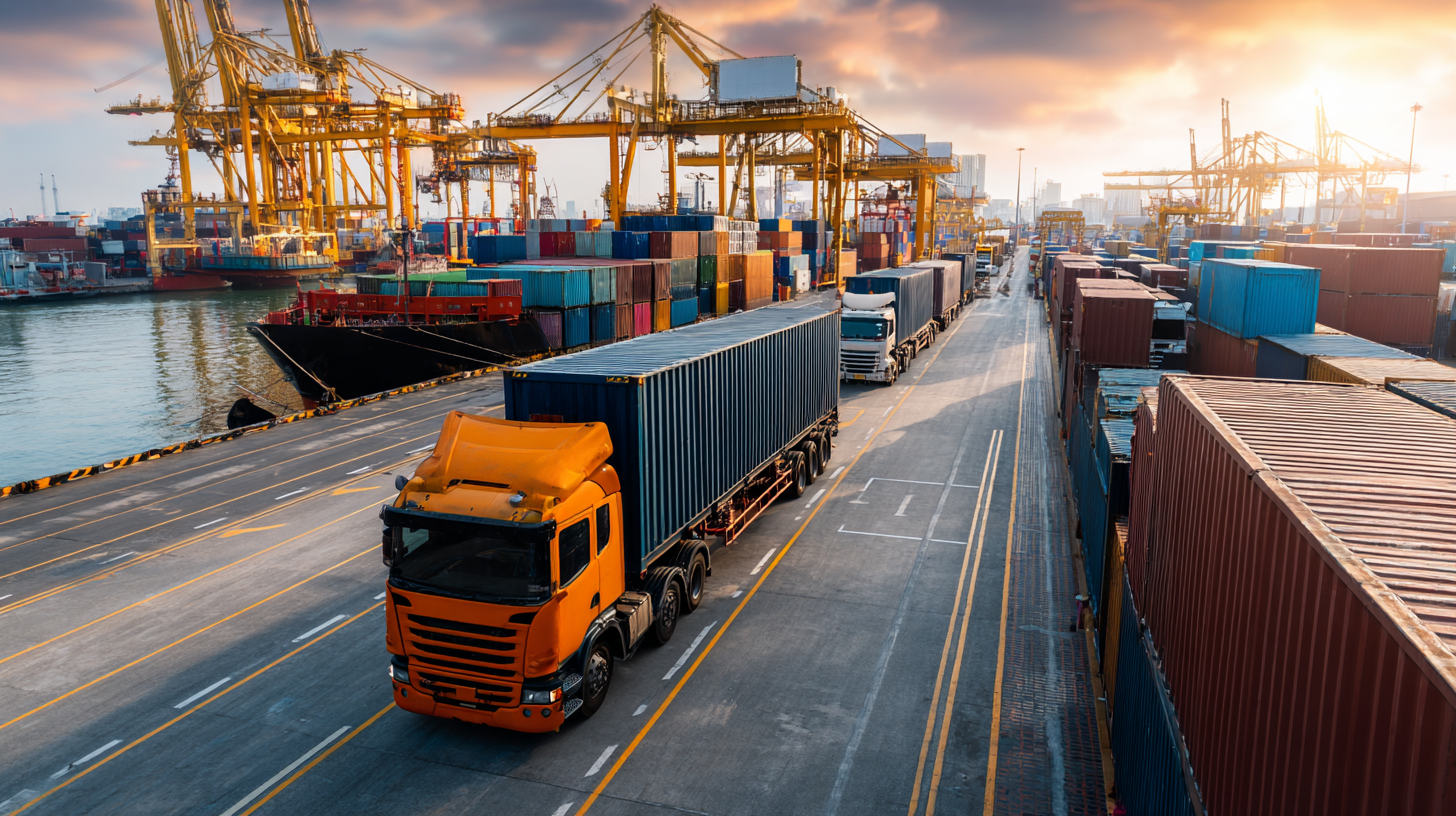
In addition to improved transportation efficiency, 3PL services support sustainable practices such as warehousing optimization and inventory management. By leveraging data analytics, 3PL providers can streamline the storage and distribution processes, ensuring that resources are used efficiently. This not only decreases waste but also helps companies adapt to demand fluctuations without overproducing, promoting a more sustainable operational model.
Overall, the integration of 3PL services in supply chains represents a significant step toward achieving environmental sustainability while enhancing operational efficiency.
